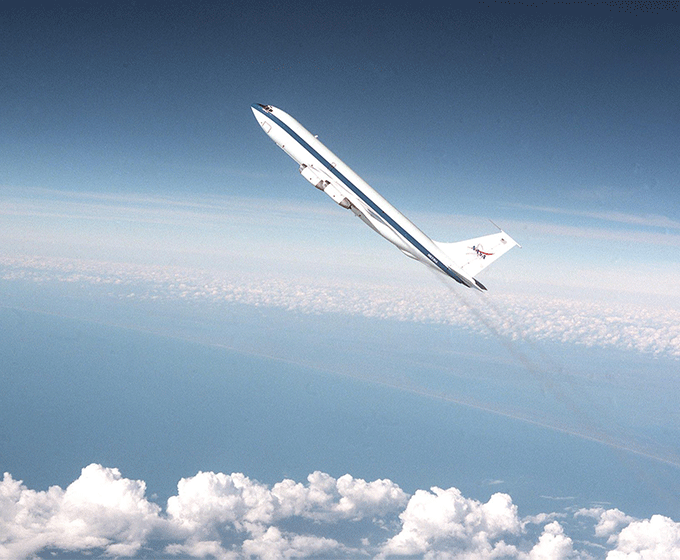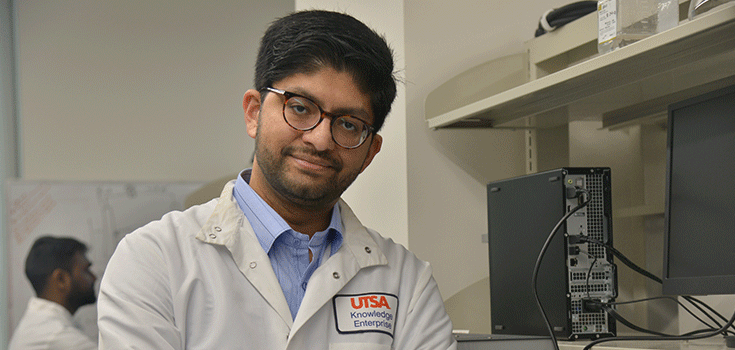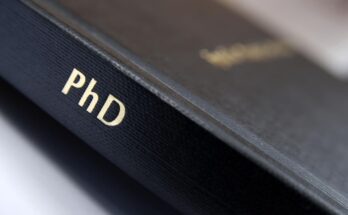
This image from the NASA Image and Video Library shows a specially modified KC-135A turbojet in a parabolic flight that produces weightless periods. Researchers from UTSA and SwRI will test novel electrolyzer technology in parabolic flights like these to study its boiling processes under partial gravity.
JULY 11, 2025 — Southwest Research Institute (SwRI) and The University of Texas at San Antonio (UTSA) will receive a $500,000 award from NASA’s TechLeap Prize program to flight test novel electrolyzer technology designed to improve the production of propellants and life-support compounds on the moon, Mars or near-Earth asteroids.
The project, known as the Mars Atmospheric Reactor for Synthesis of Consumables (MARS-C), is led by SwRI’s Kevin Supak and Eugene Hoffman, and by Shrihari “Shri” Sankarasubramanian, assistant professor in the Department of Biomedical and Chemical Engineering at UTSA.
TechLeap prizes support future missions by advancing transformative solutions that address NASA’s technology shortfalls. The SwRI/UTSA group is one of nine prizewinners funded to test their payloads on suborbital, hosted orbital or parabolic flights. The program aims to accelerate technology testing timelines, allowing completion within one year of the award.
SwRI and UTSA researchers will evaluate the performance of a patent-pending electrolyzer developed with NASA support by Sankarasubramanian and his team. The device applies a voltage across two electrodes to drive the electrochemical conversion of a simulated Martian brine and carbon dioxide into methane and other hydrocarbons. This technology is designed to use local resources on the moon or Mars to produce fuel, oxygen and other life support compounds needed for long-term human habitation.


